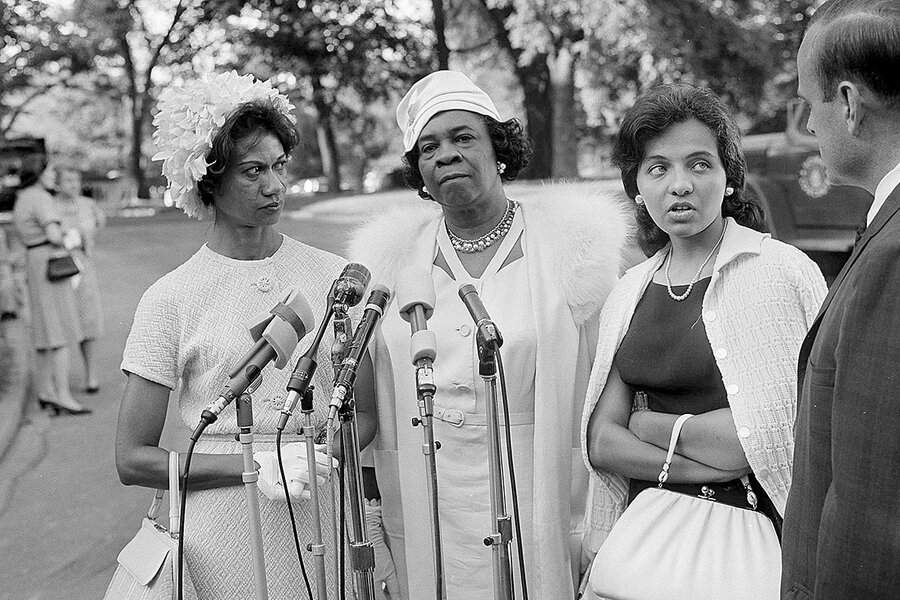A legacy worth defending
Loading...
Every now and then, it is worthwhile reminding ourselves how extraordinary the 20th century was – if only to defend and build on its discoveries. It was the century of general relativity and quantum mechanics, of the automobile and the airplane, of spaceflight and satellites, of the computer and the internet. It also marked the first time nations came together to form an alliance based on ideals and the expansion of freedom, not just for security – a development that reshaped the world.
Yet there is another discovery that is often overlooked. And Diane Nash is not indulging in hyperbole when she calls it “the most important invention of the 20th century.” It is the legacy of nonviolence left by Mohandas Gandhi, Martin Luther King Jr., and Nelson Mandela. This legacy is always under siege, and the attacks today are particularly aggressive.
Ms. Nash knows of what she speaks. She was imprisoned numerous times as a civil rights activist, once when she was five months pregnant. By the end, her commitment to nonviolence was so total that she realized “there was nothing anybody could do to me,” she told The Guardian newspaper. All the attempts to intimidate her “had the opposite effect, I learned I could exist with virtually nothing.”
The legacy of nonviolence is unique because it is a philosophy subject to proof. Immanuel Kant’s categorical imperative “remains a theoretical conceptualization,” notes activist John Wood Jr. in an opinion article for Areo magazine. But King’s assertions about nonviolence “can actually be measured against the results of the implementation.”
And what do those measurements tell us?
First, that effective nonviolence is first and foremost a mental battle within the person seeking change. “The nonviolent resister would contend that in the struggle for human dignity, the oppressed people of the world must not succumb to the temptation of becoming bitter or indulging in hate campaigns,” King said.
Second, that this mental struggle demands practical, principled, radical action. “Nonviolent action is not an appeal to a dictator’s conscience. It is a war, but fought without arms,” writes Tina Rosenberg in The New York Times.
Third, that the battle takes place on the level of ideals, not personalities. “The nonviolent resister seeks to attack the evil system rather than individuals who happen to be caught up in the system,” King said. “The struggle is ... between justice and injustice, between the forces of light and the forces of darkness.”
Fourth, these principles make nonviolence the most effective agent for change. “As a way to topple dictators, nonviolent struggle has double the success rate of violent resistance,” Ms. Rosenberg adds, citing research by nonviolence activist Gene Sharp. “And the bigger the role played by mass nonviolent resistance, the freer the country and the more durable the freedom that emerge.”
At a time of discord and anger, nonviolence can seem naive. It is not. It points the way to the only effective antidote: action built entirely on the unimpeachable universality and power of human dignity.








